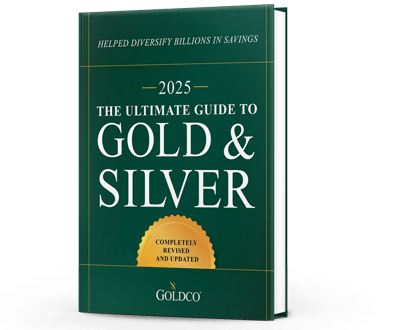
Yesterday we started on a subject that’s worth further examination. Previously we traced the history of one of the greatest economic collapses in our nation’s history back to the actions of one big bank. Certainly the entire U.S. banking and investment system was culpable, but the great unwinding chain of events started with just one bank, Washington Mutual. The really scary part of the WaMu failure was that its liabilities exceeded the entire fund of the FDIC, the agency that insures depositors’ money.
As we also mentioned previously, our government learned through the WaMu debacle that the American public gets really ticked off when it has to bail out big banks for being stupid. So the FDIC and Bank of England teamed up to create a plan for “resolving” what they euphemistically refer to as Globally Active, Systemically Important Financial Institutions, or SIFIs for short. You may know them as institutions that are “too big to fail.” Just prior to its collapse, WaMu was the sixth-largest bank in the U.S.
The Top-down Piledriver
The FDIC is right up front about how the new approach will work:
This paper focuses on the application of “top-down” resolution strategies that involve a single resolution authority applying its powers to the top of a financial group, that is, at the parent company level. The paper discusses how such a top-down strategy could be implemented for a U.S. or a U.K. financial group in a cross-border context.
But it’s the next paragraph that contains the kicker:
Such a strategy would apply a single receivership at the top-tier holding company, assign losses to shareholders and unsecured creditors of the holding company, and transfer sound operating subsidiaries to a new solvent entity or entities.
Whoa!
While the language is a bit dry, the meaning is enormous. If a SIFI institution, whether it’s a bank or investment house, starts going under, the FDIC is not going to just seize it, they’re going to seize the parent holding company, a step up the food chain ladder. They’ll seize the company, force out the management team, then sell off the profitable parts of the institution. After that is when it gets scary.
Who Gets Stuck Holding the (Empty) Bag?
Where all this lofty language really bites is what happens after the FDIC parts out the company. The remaining assets, which include the shareholders, will get what’s called a “cram down,” a process that’s both painfully and aptly named. The FDIC will simply write down the value of the remaining assets. Here are a few pennies on the dollar, best of luck. Last time run-amuck investment houses imploded the government stepped in and bailed out the shareholders but this document says that’s not happening in the future. The liability ax is going to fall on the company execs and shareholders.
Hey, That’s Me!
If you’re thinking that’s not you, guess again, because those assets could be pension funds or mutual funds, including the ones in your 401(k)! Some have even suggested your cash deposits could be at risk in such a scenario, and that may be the case, depending on which type of account is holding your cash.
The reason your investment house failure could end up being your failure is that banking and investment services have become increasingly blurred over the years. In the past banks and investment houses were separate. When you gave money to an investment house, you knew there was a risk. Today, because of “perks” like check writing privileges on investment accounts, it’s easy to confuse an FDIC-insured checking account with a money market fund that offers no protection. Imagine your retirement nest egg, which you thought was safe in a money market fund, getting seized by the FDIC and crammed down to almost nothing. As we’ve pointed out many times recently, banks and investment houses are up to same silly tricks today that they were back in 2007. It can happen again!
When the investment house or your bank puts those confusing papers in front of you, it’s important that you look them over and understand which type of accounts are insured by the FDIC and which ones are not. It’s equally important to learn the lesson that you can’t trust those sharks with all of your retirement money. Putting a percentage of your wealth in hard assets gives you crucial protection from this kind of danger.





